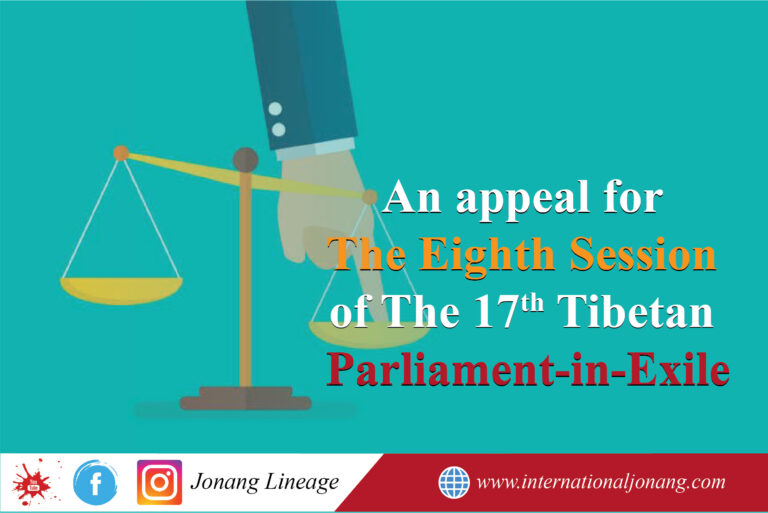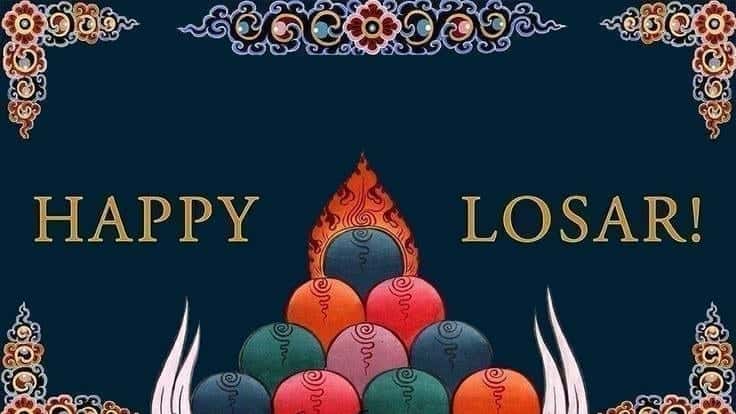Mountain Doctrine
Fifteenth you should also understand that although it is not void of itself, it is void of others, and through having become mindful again and again of this unique profound essential of quintessential instructions that also explain well the many occasions of non-establishment, purity, intensive purity, thorough purity, ceasedness, cessation, extinction, separation, intensive separation, purity, abandonment, and so forth, you will understand well: Similarly, with respect to the statements: Knowledge-of-all is empty of knowledge-of-all; knowledge-of-the-path is empty of knowledge-of-the-path; exalted-knowledge-of-all-aspects is empty of exalted-knowledge-of-all-aspects. and so forth, it is necessary to realise well the modes of: Concerning those, if you know the division of the two truths with respect to knowledge-of-all, knowledge-of-the-path, exalted-knowledge-of-all-aspects, the fearlessnesses, individual correct knowledge, unshared buddha-attributes, buddha, enlightenment, bodhisattva, and so forth, you will not be obscured with regard to the subduer’s word. About those: Those abide in fact; consequently, it is to be known that: There is not the slightest contradiction in teaching that those that abide as self-empty are self-empty.

